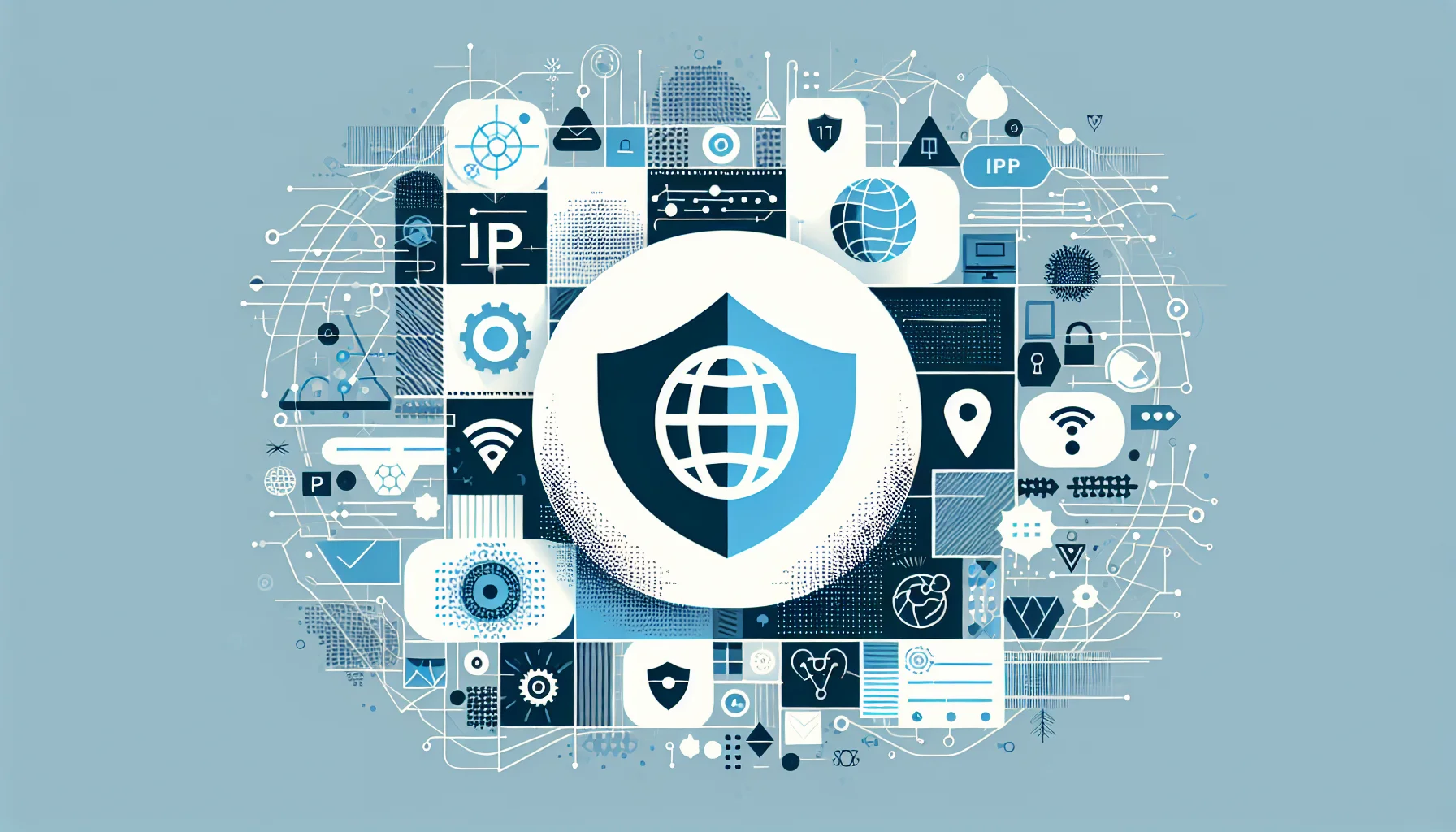IPv4 vs. IPv6: The Future of IP Addressing
An easy-to-understand article explaining IPv4 vs. IPv6 in the context of IP addressing for readers with little technical background.


IPv4 vs. IPv6: The Future of IP Addressing
Understanding IP Addresses
What is an IP Address?
Imagine IP addresses as unique identifiers for devices on the internet, similar to how your home address helps the postal service deliver mail to your house. In simple terms, an IP address allows devices to communicate with each other over the internet.
IPv4 - The Old Standard
In the early days of the internet, IPv4 was the go-to system for assigning IP addresses. It uses a 32-bit address scheme, allowing for a total of around 4 billion unique addresses. However, with the rapid growth of internet-connected devices, IPv4 addresses are running out, like phone numbers in a small town where everyone has to share the same few numbers.
IPv6 - The New and Improved Version
To address the limitations of IPv4, IPv6 was introduced. IPv6 uses a 128-bit address scheme, providing an almost unlimited number of unique addresses. It's like expanding a small town into a bustling metropolis, where each device can have its unique phone number without running out of options.
Key Differences Between IPv4 and IPv6
Address Length
The most significant difference between IPv4 and IPv6 is the address length. IPv4 uses a 32-bit address, while IPv6 uses a 128-bit address. Think of it as having a longer phone number that allows for more combinations and unique identifiers.
Address Space
IPv4 has a limited address space, leading to address exhaustion issues. On the other hand, IPv6 provides a vast address space, ensuring that every device can have a unique address. It's like having a small pond versus an ocean to accommodate all the fish in the sea.
Security and Efficiency
IPv6 offers built-in security features and improved efficiency compared to IPv4. It's like upgrading from an old, insecure lock on your front door to a modern, high-tech security system that keeps intruders out while allowing authorized guests in.
Practical Implications of IPv4 and IPv6
Compatibility
While the transition from IPv4 to IPv6 is ongoing, it's essential for devices and networks to support both protocols. Think of it as speaking two different languages to communicate with people from different parts of the world – you need to be versatile to connect with everyone.
Future-Proofing
As more devices come online, the need for IPv6 becomes crucial to ensure continued growth and connectivity. It's like investing in a larger warehouse to store more goods as your business expands, ensuring you have enough space for future inventory.
Security Tips
- Keep your devices updated to support IPv6 for enhanced security and performance.
- Use firewalls and encryption to protect your network from unauthorized access, just like locking your doors and securing your valuables at home.
Remember, understanding the differences between IPv4 and IPv6 can help you navigate the ever-evolving world of IP addressing and internet connectivity with ease.
About the Author

Marilyn J. Dudley
Marilyn is a Senior Network Engineer with over 15 years of experience in network infrastructure design and implementation. She holds CCNA and CCNP certifications and specializes in IP addressing, network security, and IPv6 migration strategies. Throughout her career, she has successfully led numerous large-scale network deployments and IPv6 transition projects for Fortune 500 companies. She is currently a dedicated writer for ipaddress.network, sharing her expertise to help organizations build secure and efficient networks.
Last updated: February 8, 2025




